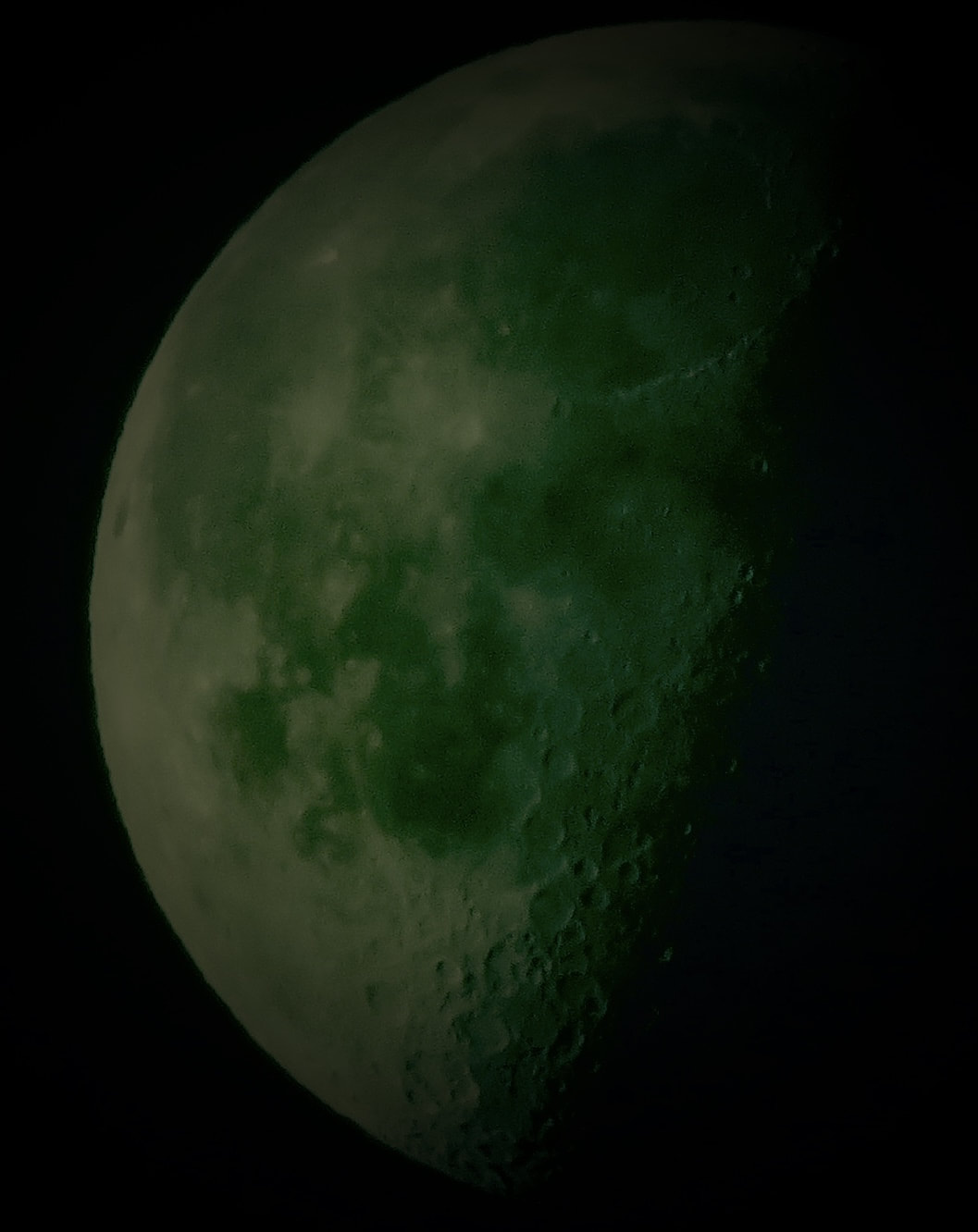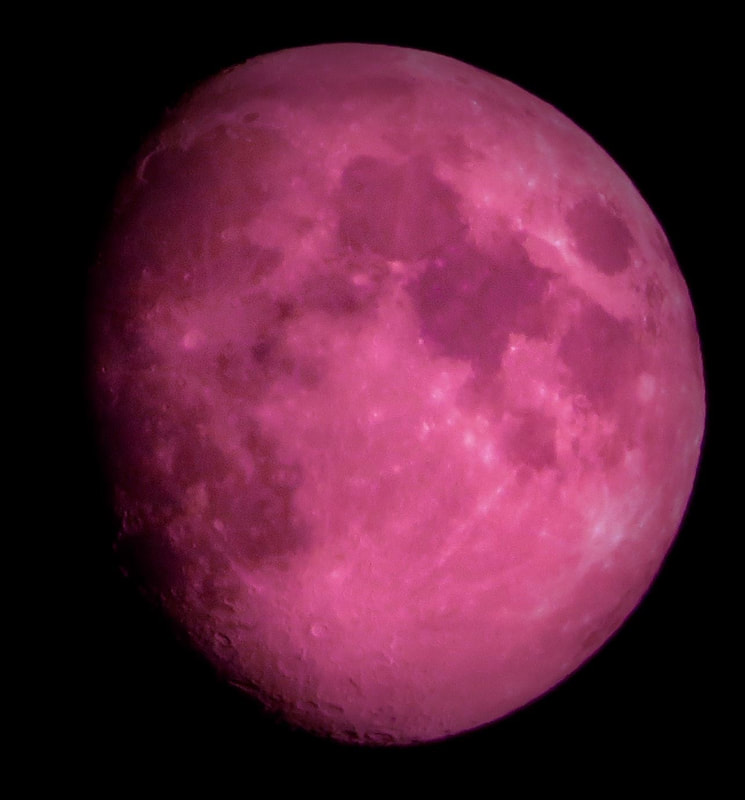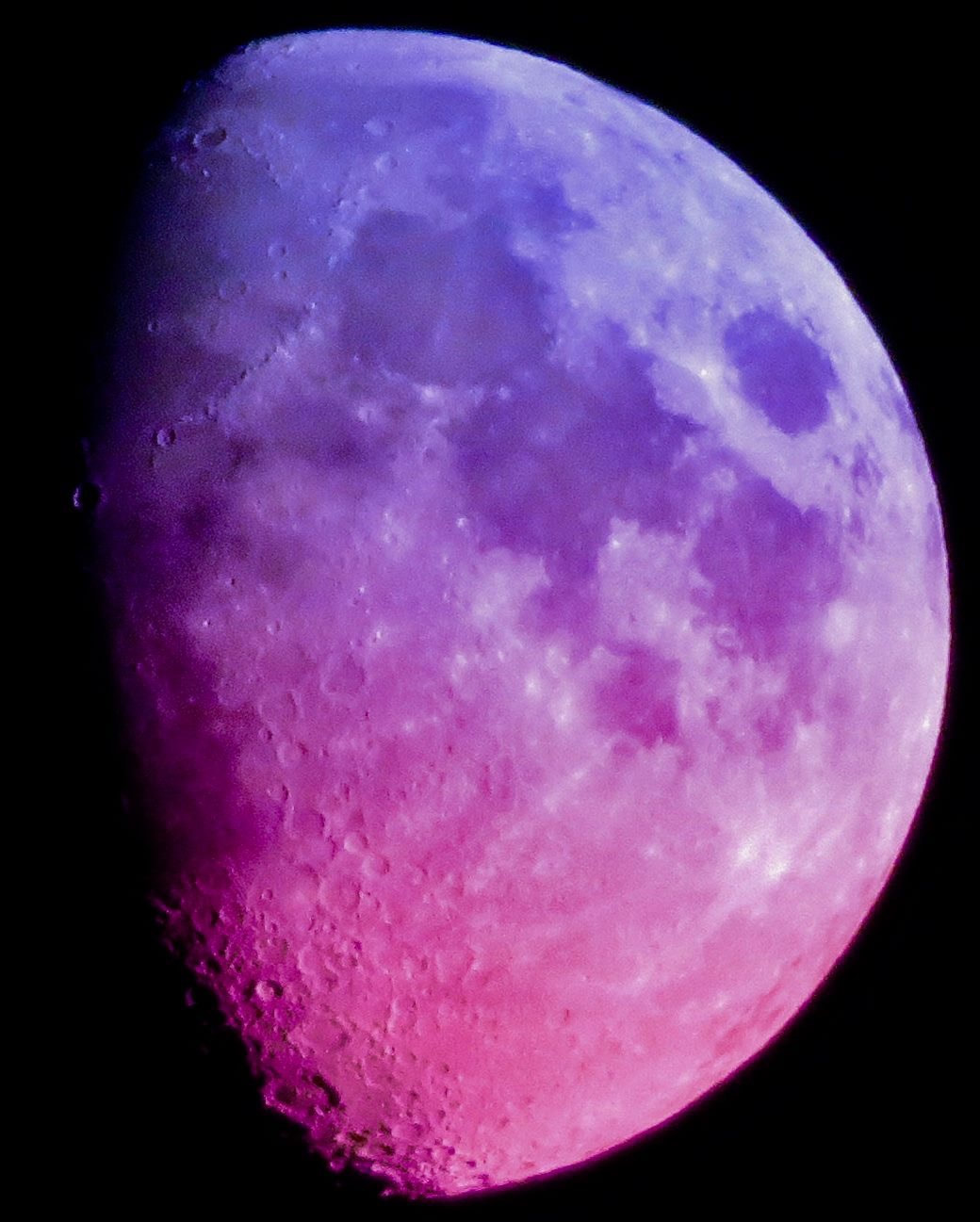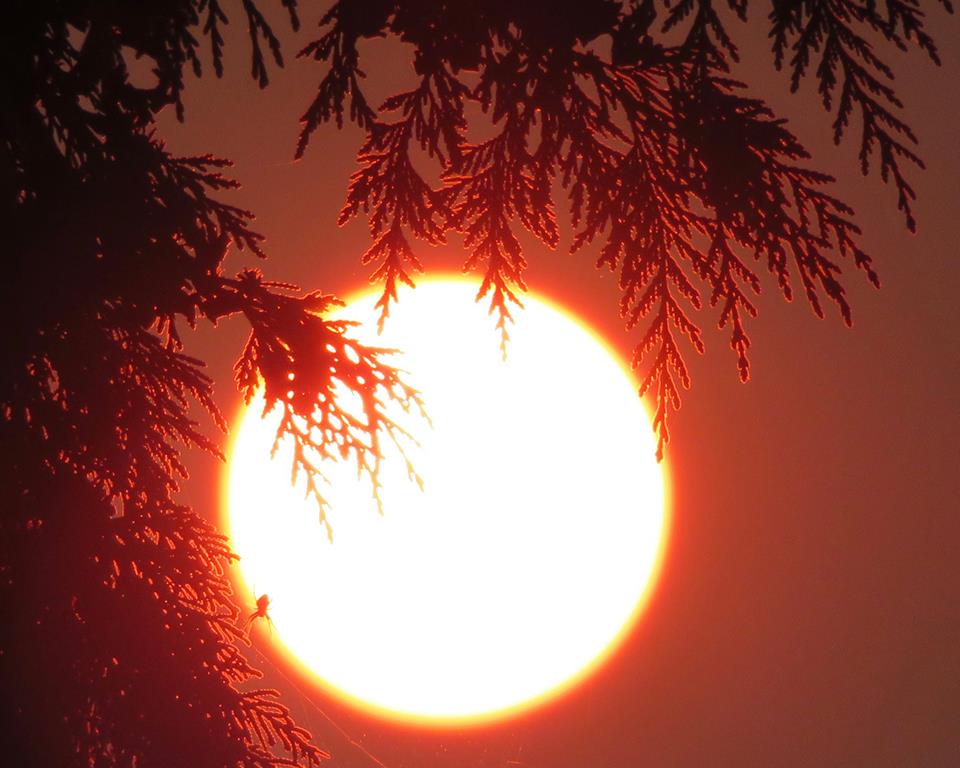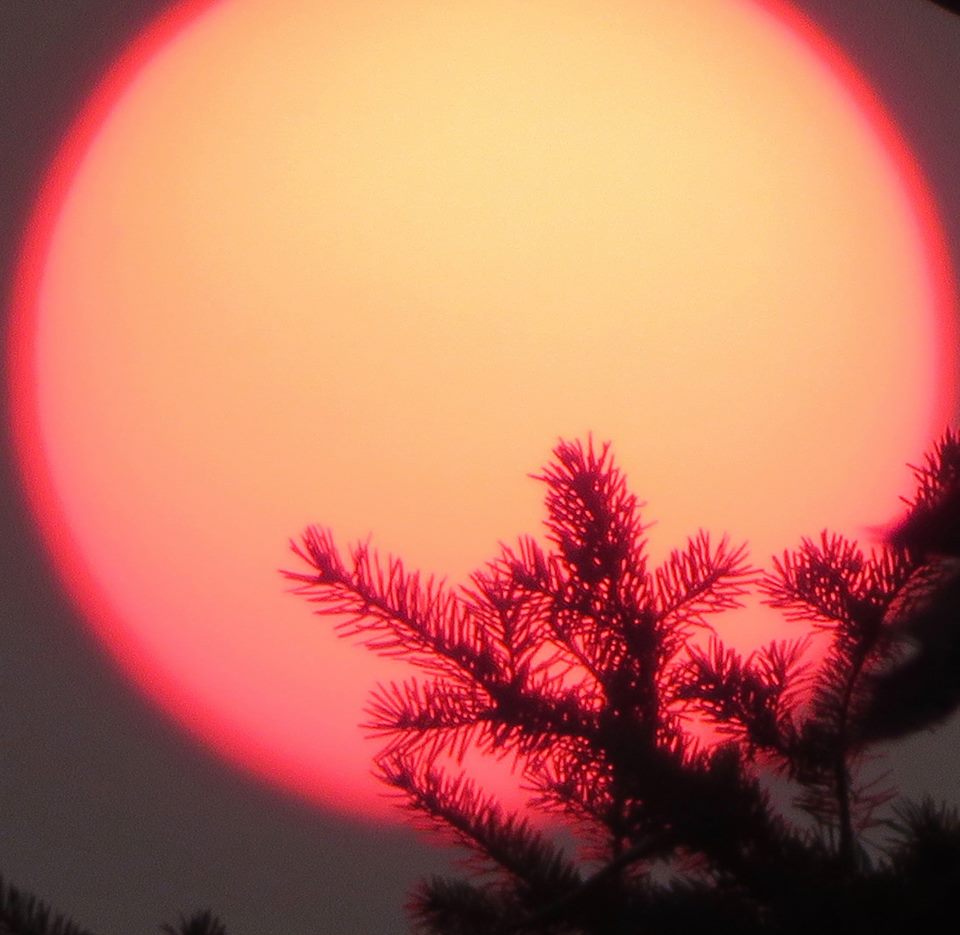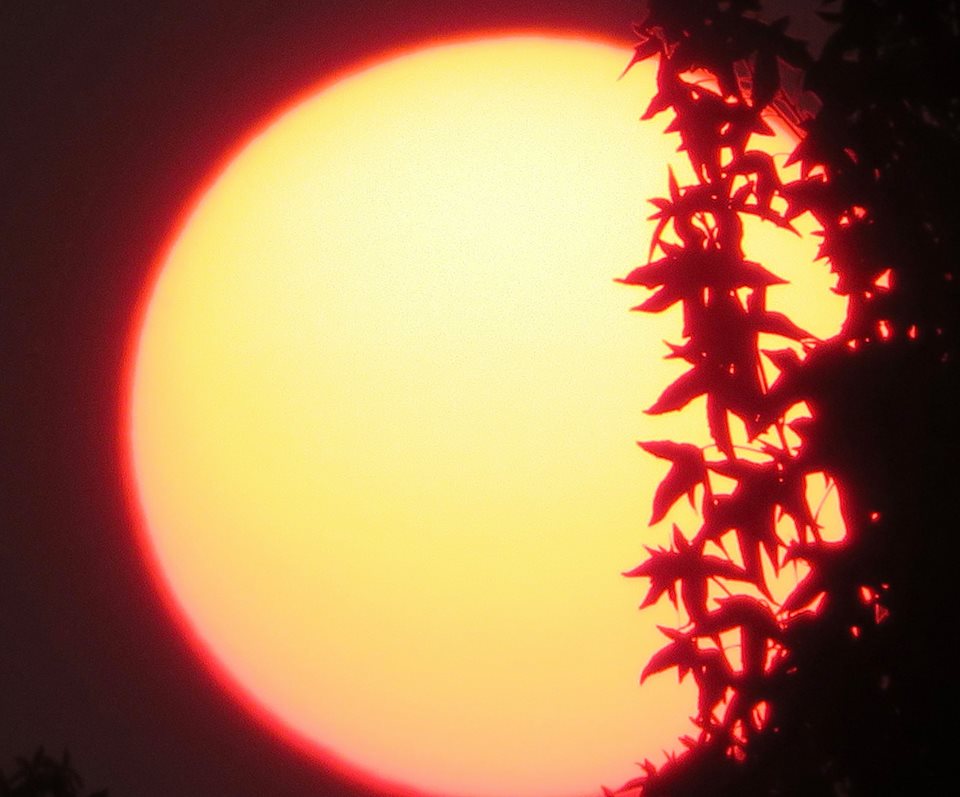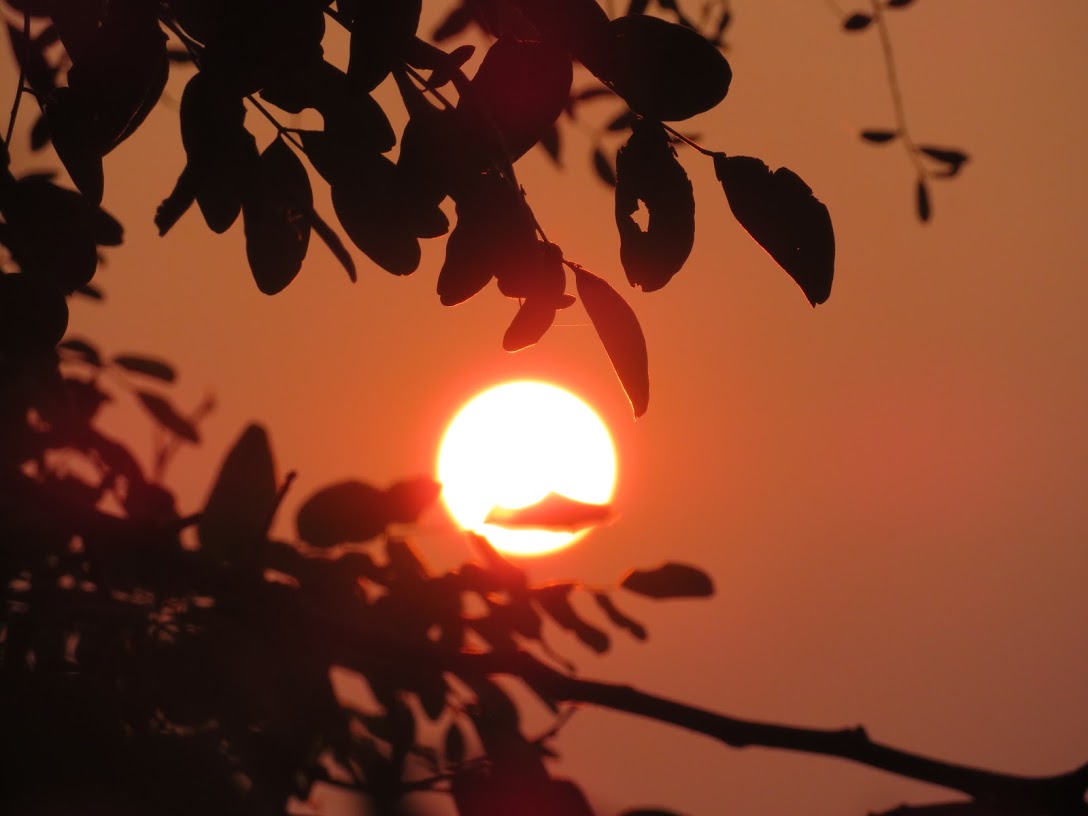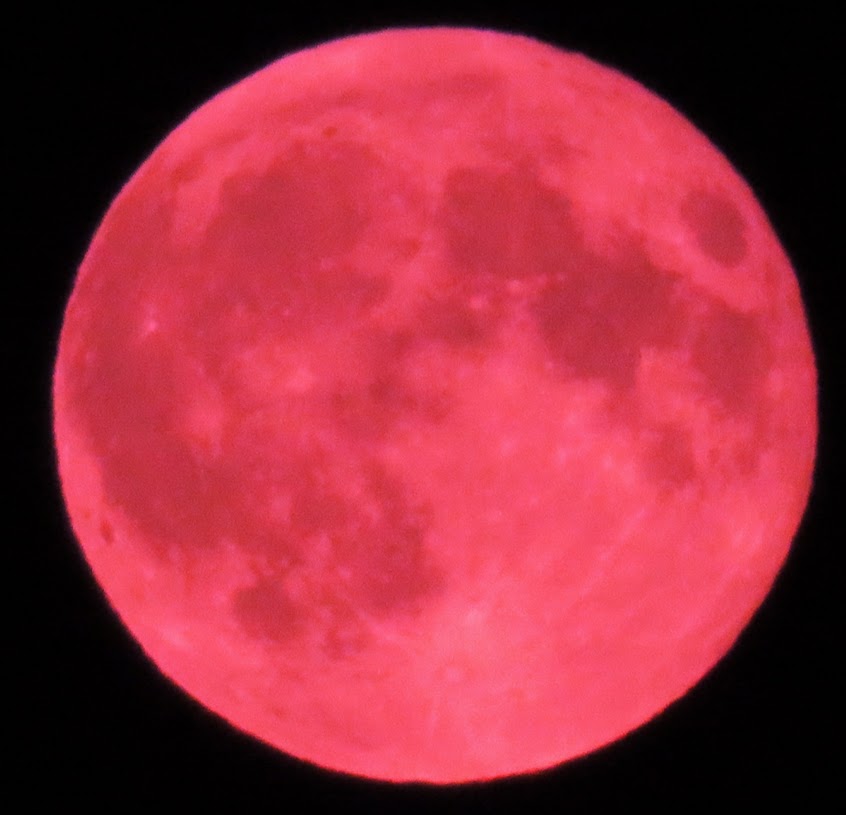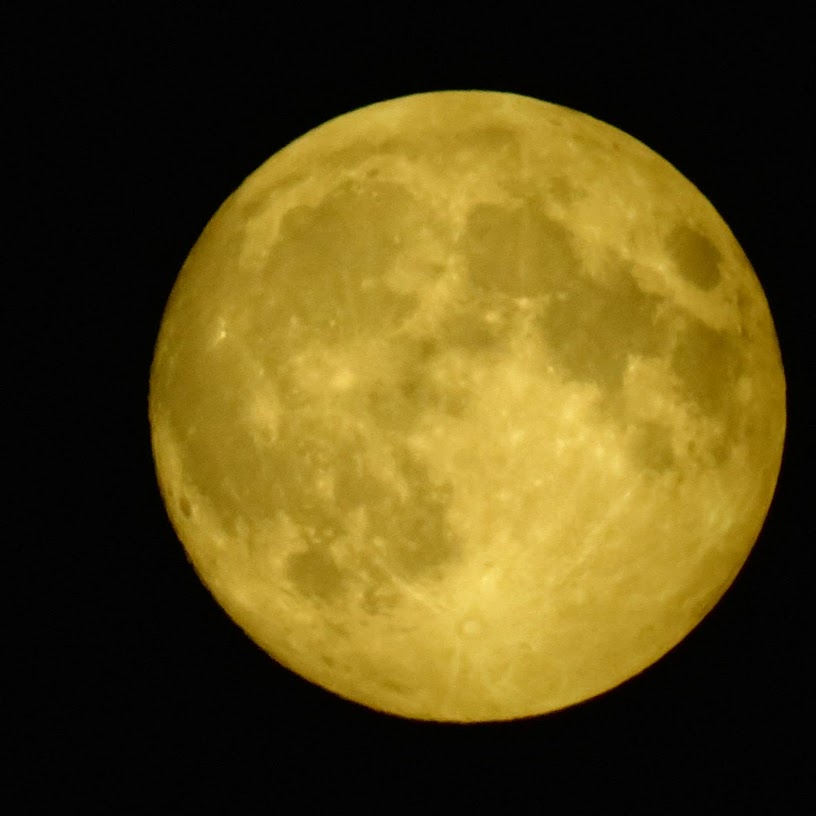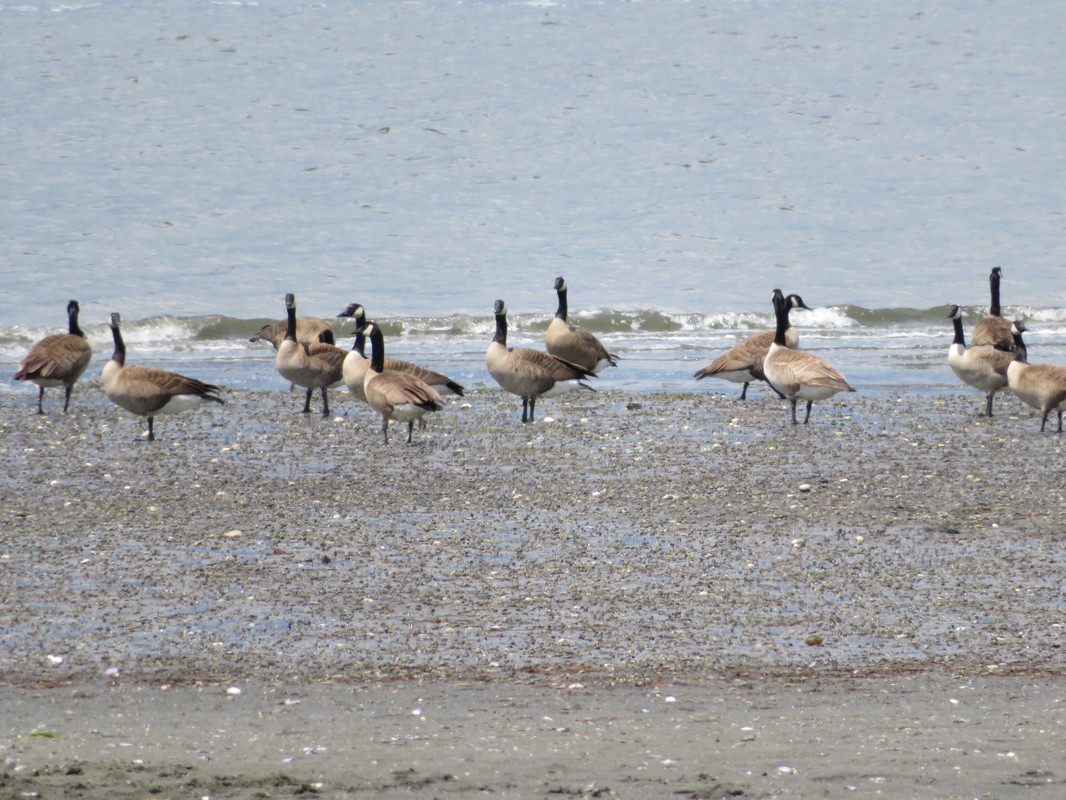The only way we can know is through Jyotish aka Indian Astrological calculations. Yes, everyday (night) is Shiva Ratri but for the Tantric one must know exact times to do Puja. March 11, 2021
Why is Shiva Ratri NOT April 11 2021 because it only happens when: Chaturdashi Tithi during Krishna Paksha in month of Magha in the Sidereal Zodiac and not the Tropical Zodiac. So if you are a tantric and using Western Astrology you are using the wrong calendar, tropical is not star based.
Oppps there are Tantrics who do not know or study Jyotish. Oh well they will only know through by what they are told not by self responsibility.
Interesting one has to know when to sit around the dumi and do Practice, it is all very scientific, based on planetary lunar positions. Self realization is based on Self responsibility.
Maha Shivaratri on Thursday, March 11, 2021 in Vancouver, BC Canada
Nishita Kaal Puja Time - 11:57 PM to 12:46 AM, Mar 12
Duration - 00 Hours 49 Mins
On 12th Mar, Shivaratri Parana Time - 06:31 AM, Mar 12
Ratri First Prahar Puja Time - 06:12 PM to 09:17 PM
Ratri Second Prahar Puja Time - 09:17 PM to 12:22 AM, Mar 12
Ratri Third Prahar Puja Time - 12:22 AM to 03:27 AM, Mar 12
Ratri Fourth Prahar Puja Time - 03:27 AM to 06:31 AM, Mar 12
Chaturdashi Tithi Begins - 01:09 AM on Mar 11, 2021
Chaturdashi Tithi Ends - 01:32 AM on Mar 12, 2021
Panchang for Maha ShivaratriChoghadiya Muhurat on Maha Shivaratri
Notes: All timings are represented in 12-hour notation in local time of Vancouver, Canada with DST adjustment (if applicable).
Hours which are past midnight are suffixed with next day date. In Panchang day starts and ends with sunrise.
Maha Shivaratri 2021
Shivaratri is great festival of convergence of Shiva and Shakti. Chaturdashi Tithi during Krishna Paksha in month of Magha is known as Maha Shivaratri according to South Indian calendar. However according to North Indian calendar Masik Shivaratri in month of Phalguna is known as Maha Shivaratri. In both calendars it is naming convention of lunar month which differs. However both, North Indians and South Indians, celebrate Maha Shivaratri on same day.
Vrat Vidhi
One day before Shivaratri Vratam, most likely on Trayodashi, devotees should eat only one time. On Shivaratri day, after finishing morning rituals devotees should take Sankalp (संकल्प) to observe full day fast on Shivaratri and to take food next day. During Sankalp devotees pledge for self-determination throughout the fasting period and seek blessing of Lord Shiva to finish the fast without any interference. Hindu fasts are strict and people pledge for self-determination and seek God blessing before starting them to finish them successfully.
On Shivaratri day devotees should take second bath in the evening before doing Shiva Puja or visiting temple. Shiva Puja should be done during night and devotees should break the fast next day after taking bath. Devotees should break the fast between sunrise and before the end of Chaturdashi Tithi to get maximum benefit of the Vrat. According to one contradictory opinion devotees should break the fast only when Chaturdashi Tithi gets over. But it is believed that both Shiva Puja and Parana (पारण) i.e. breaking the fast should be done within Chaturdashi Tithi.
Shivaratri puja can be performed one time or four times during the night. The whole night duration can be divided into four to get four Prahar (प्रहर) to perform Shiva Puja four times. Drikpanchang.com lists all four Prahar durations for staunch Shiva devotees who perform Shiva Pujan four times in the night. We also list Nishita time when Lord Shiva appeared on the Earth in the form of Linga and the time window to break the fast on next day.
Thanks to Drik Panchang







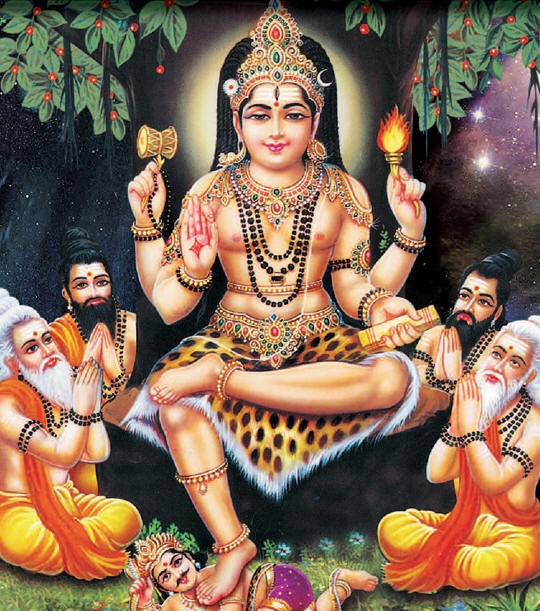



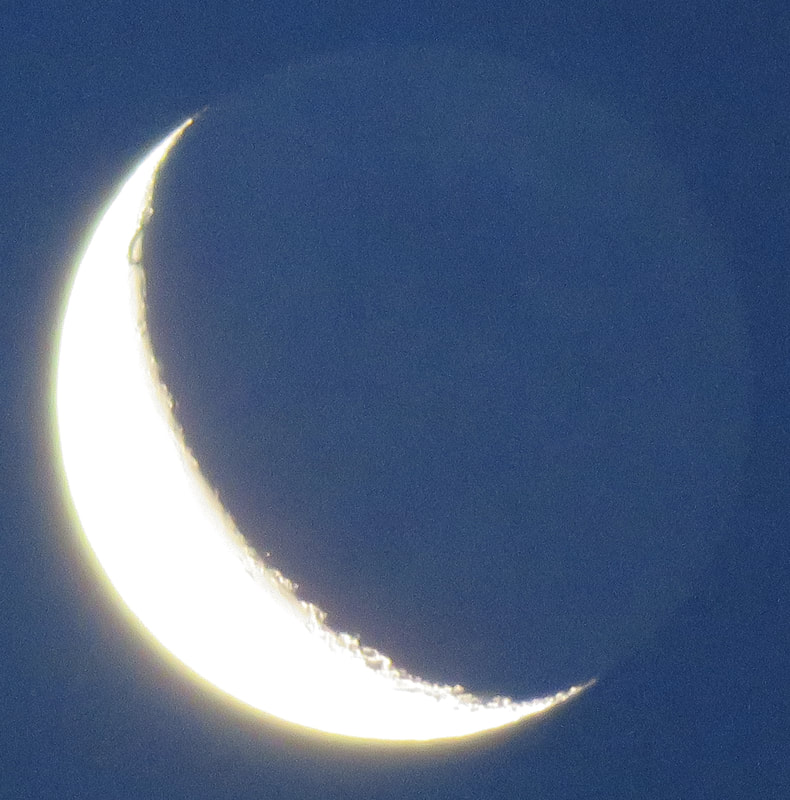











 RSS Feed
RSS Feed































